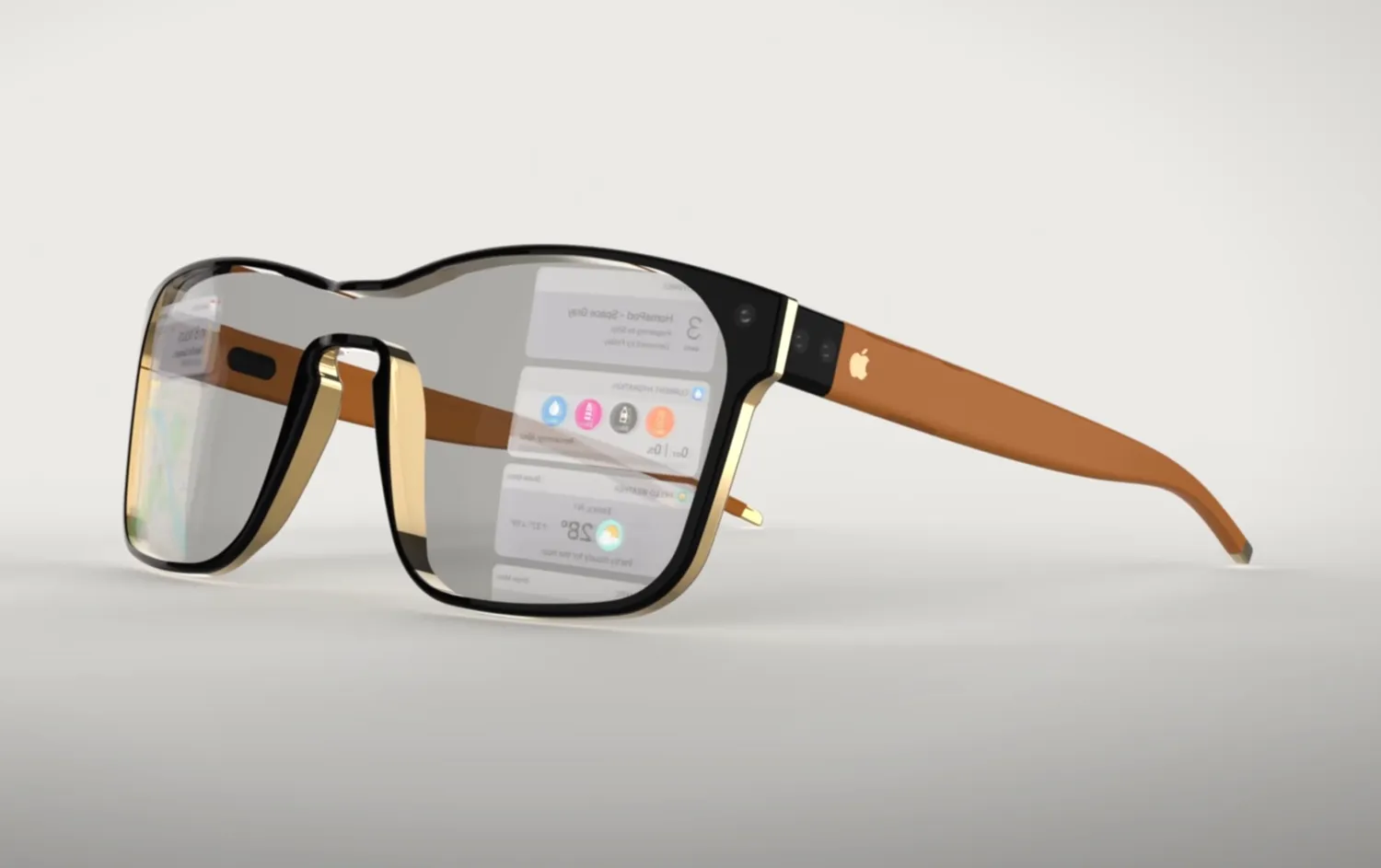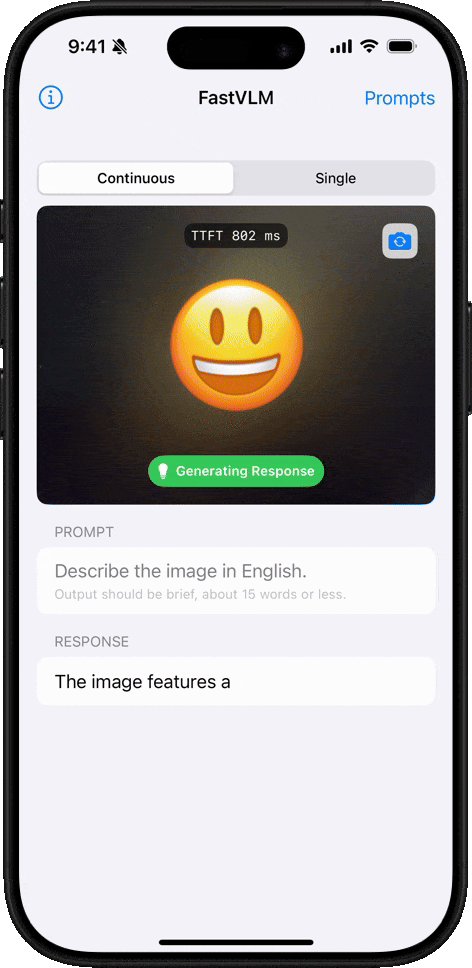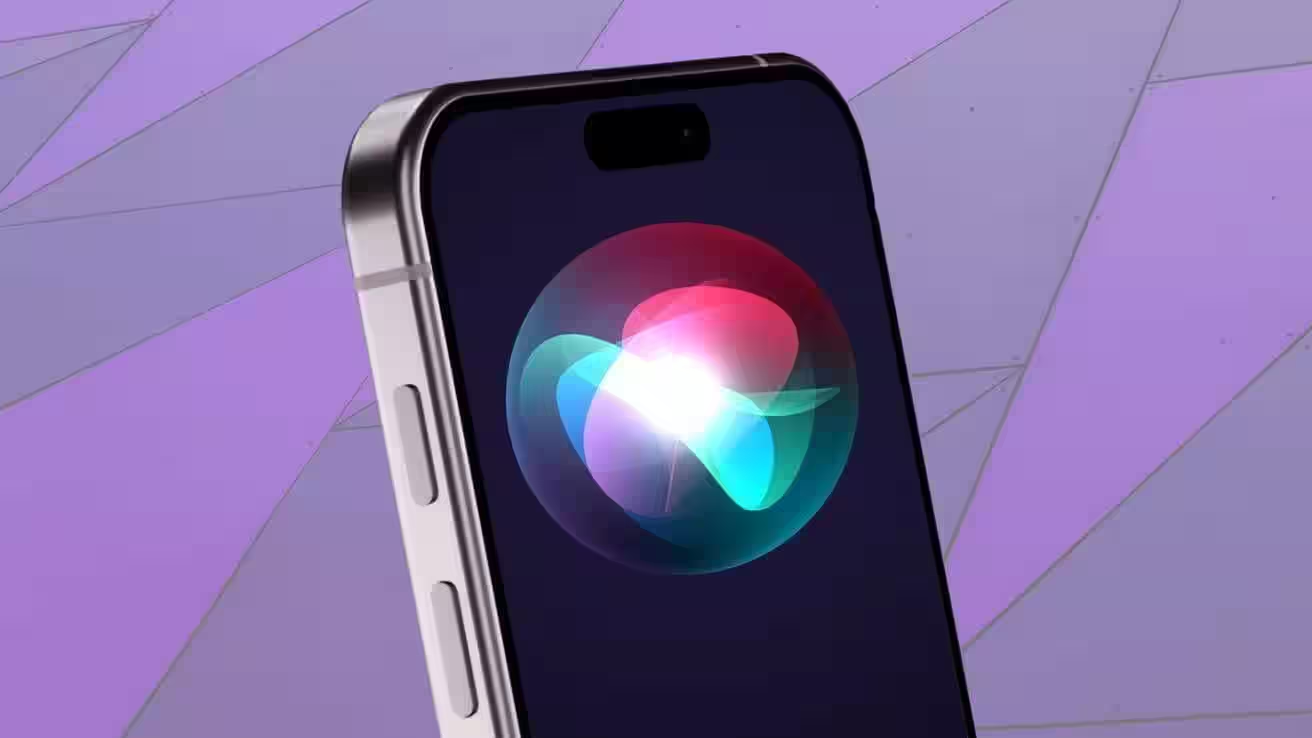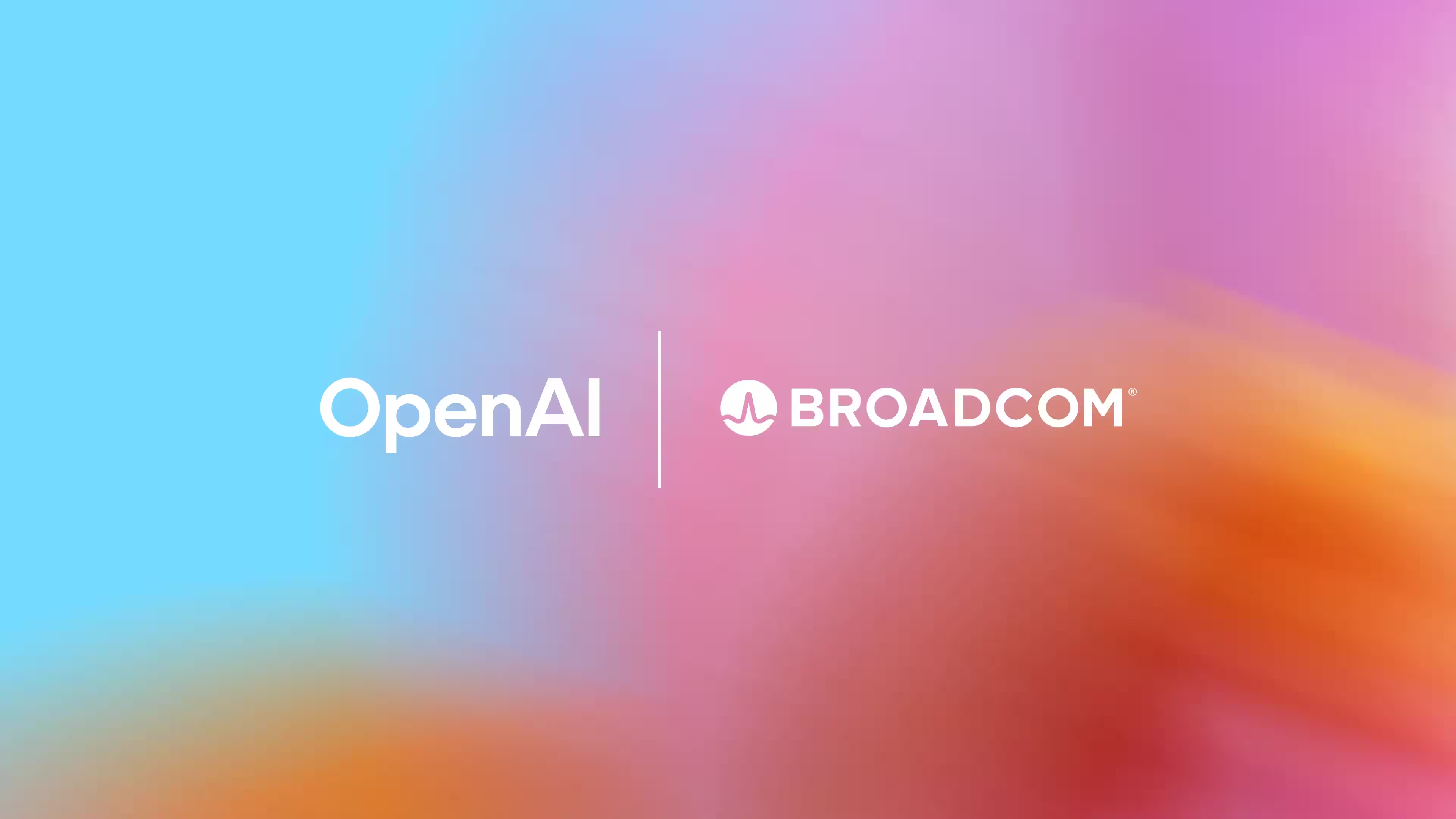Apple revealed FastVLM, an AI model that could form the basis of future smart glasses

Apple is gearing up for next-generation AI devices, and a fresh development from the Machine Learning Research team may hint at what their «intelligence» under the hood will be like. We’re talking about FastVLM -a visual-language model based on Apple Silicon’s proprietary MLX framework. It’s fast, compact and low resource requirements make it ideal for working directly on the device – without connecting to the cloud.
The model is fast, compact and low-resource, making it ideal for use on the device – without connecting to the cloud.
Smart glasses and AirPods with cameras: coming out in 2027?
Rumors about Apple’s new wearable gadgets – AI glasses and AirPods with cameras – have been circulating for months. The release is expected to take place in 2027, and the devices will be direct competitors to Meta* Ray-Ban Smart Glasses. While the final design is still unknown, logic dictates: such gadgets should have local neural networks capable of interpreting visual data without delay.



What is FastVLM?
FastVLM (Fast Visual Language Model) is a new generation model designed with the specifics of Apple Silicon and the capabilities of the MLX framework in mind. It can:
- Recognize gestures (e.g. number of fingers),
- Detect emotions and emoji,
- Read handwritten text and symbols.
The FastVLM is based on the FastViTHD encoder, which is optimized for high-resolution, low-latency images.
Why is this important?
- FastVLM is up to 3.2 times faster and 3.6 times more compact than similar models.
- Time-to-first-token is 85 times faster than competitors.
- The model uses fewer tokens, reducing system load and speeding up real-time performance.
This is critical for wearable devices that need to instantly process visual data without connecting to the cloud – whether it’s reading objects, text, or reacting to user gestures.
MLX is the key to AI on Apple devices
In 2023, Apple introduced MLX -an open-source framework optimized for local learning and model execution on Apple chips. Its syntax is close to familiar AI tools, but it’s lighter and more energy efficient – just what’s needed for autonomous gadgets.
Where can I see it?
- The FastVLM code has been published on GitHub – those interested can test or integrate the model.
- A technical report is available on arXiv detailing the model architecture and optimization methodology.
* Owned by Meta, it is recognized as an extremist organization in Russia and its activities are banned.
The article Apple reveals FastVLM – an AI model that could form the basis of future smart glasses was first published on ITZine.ru.








